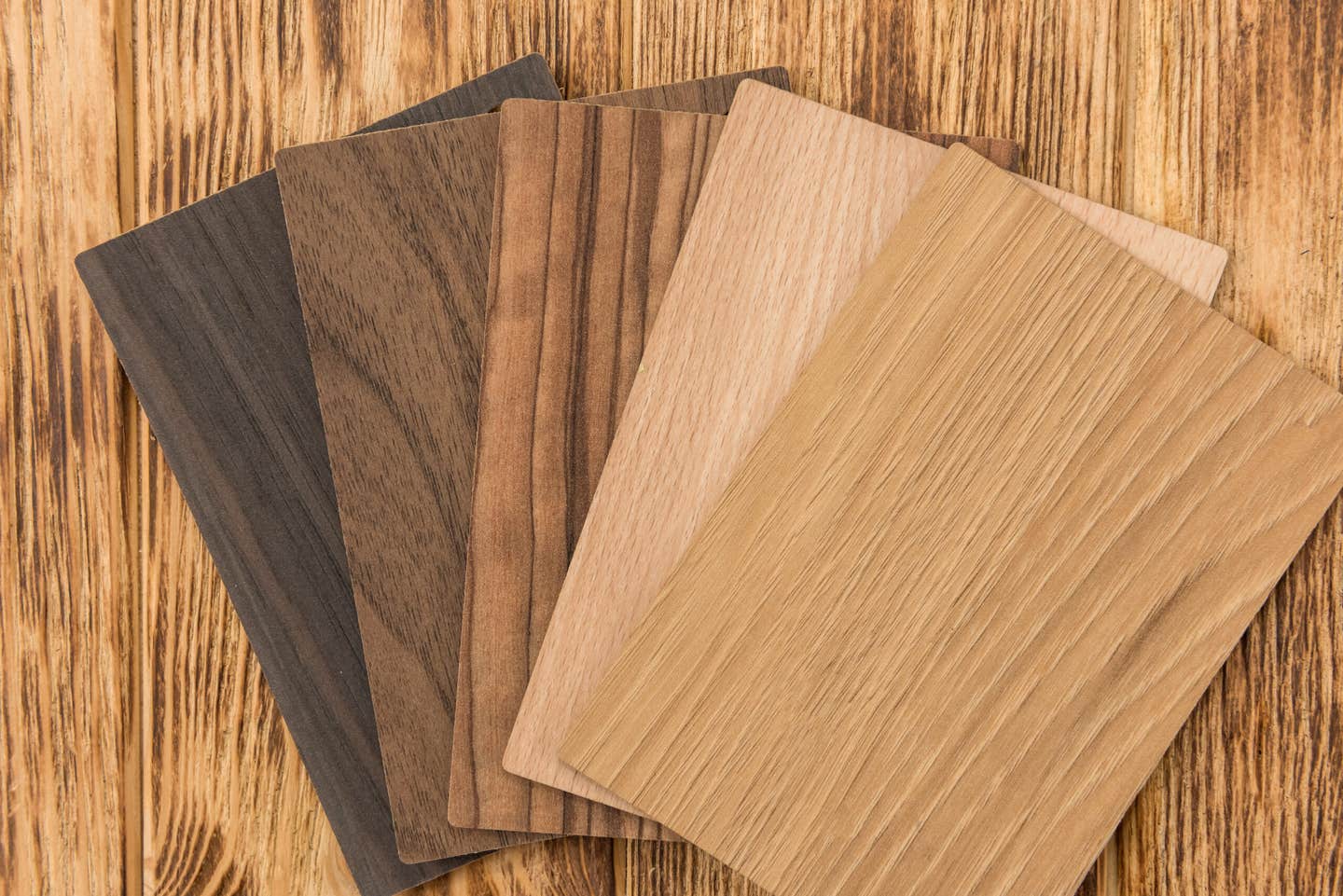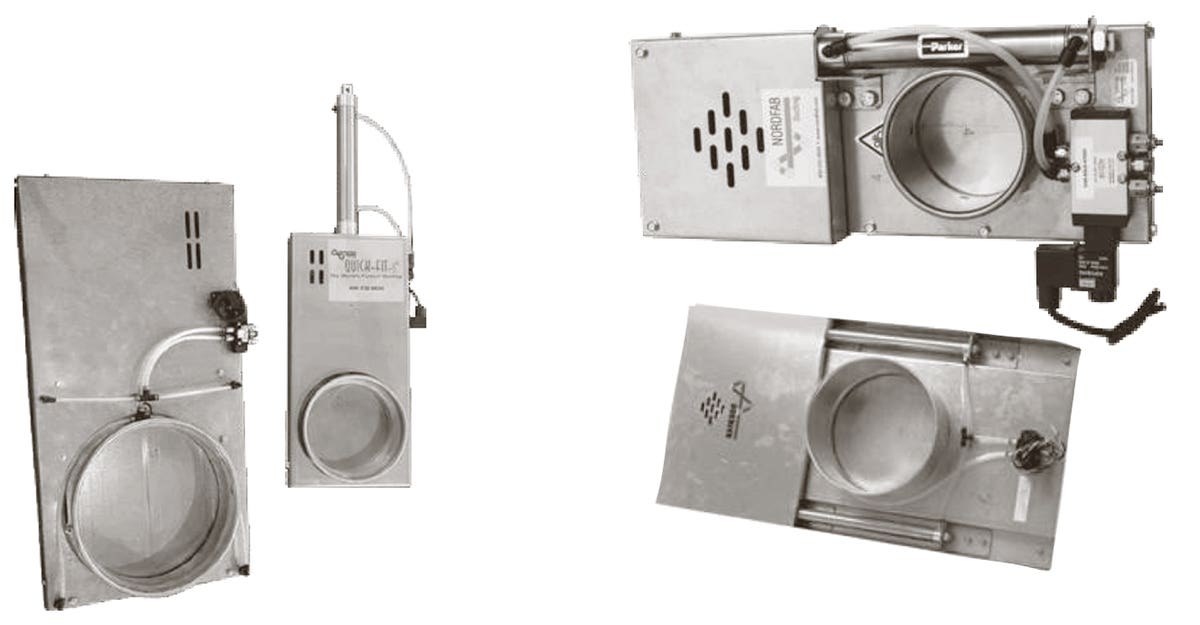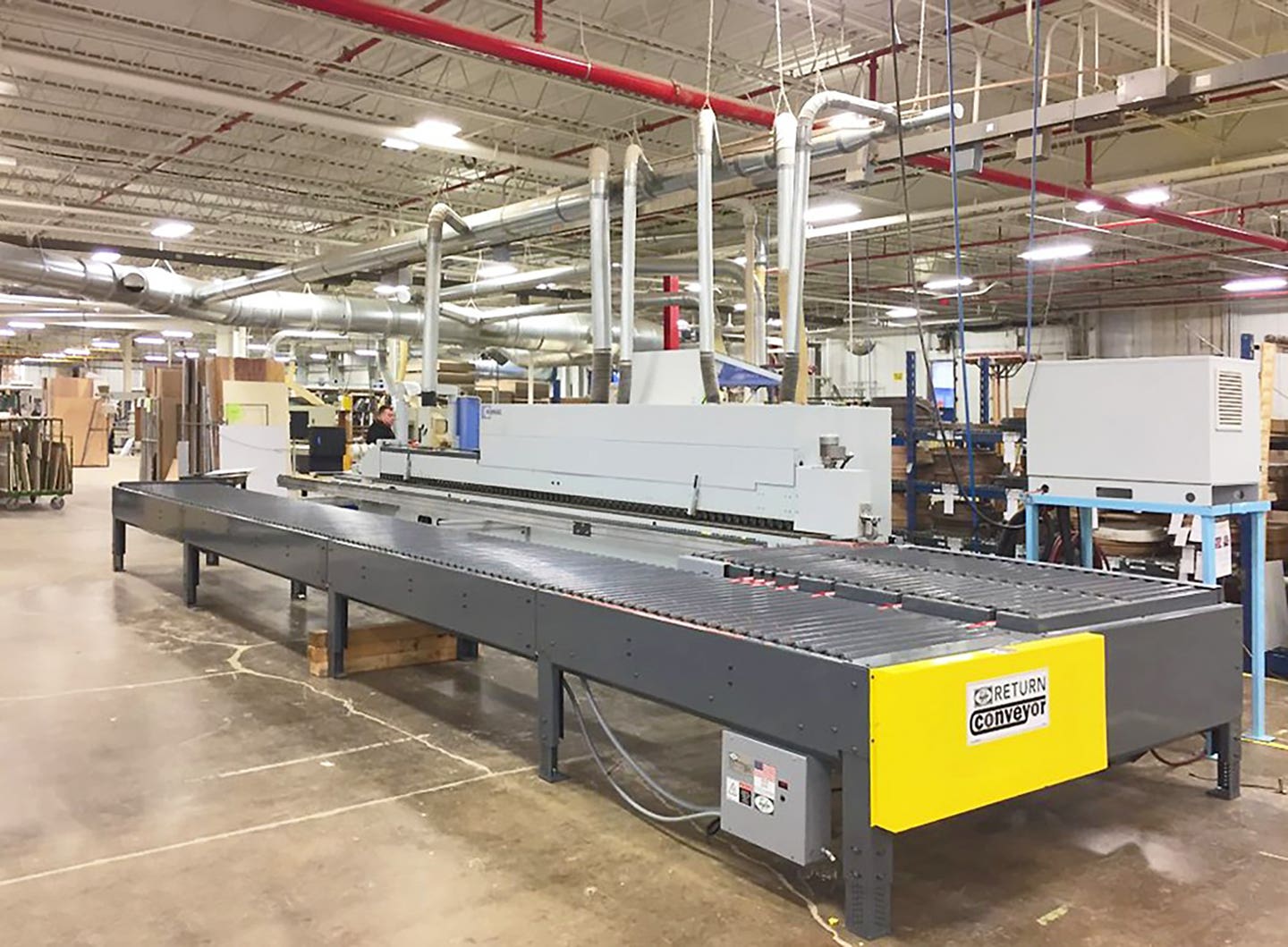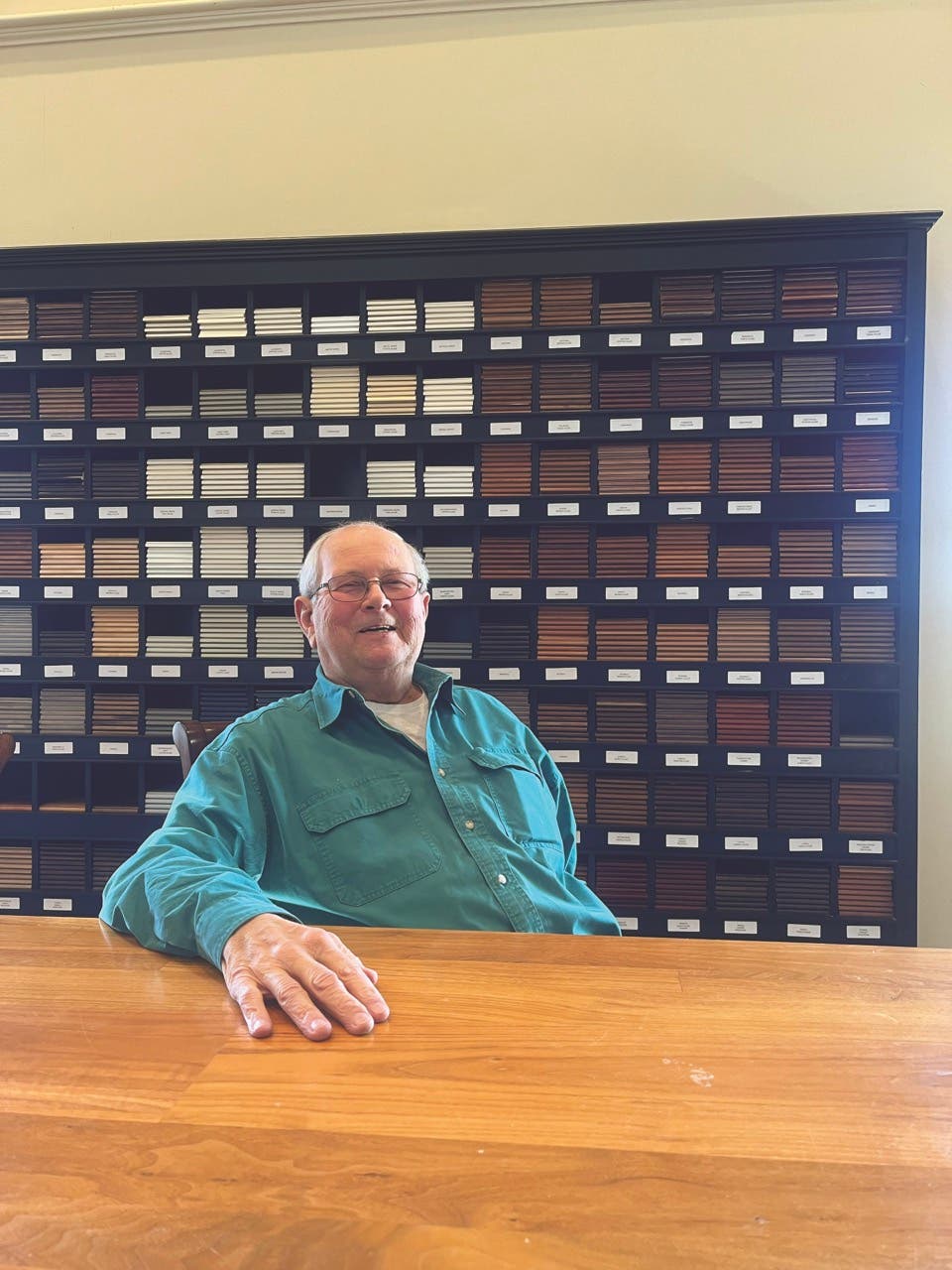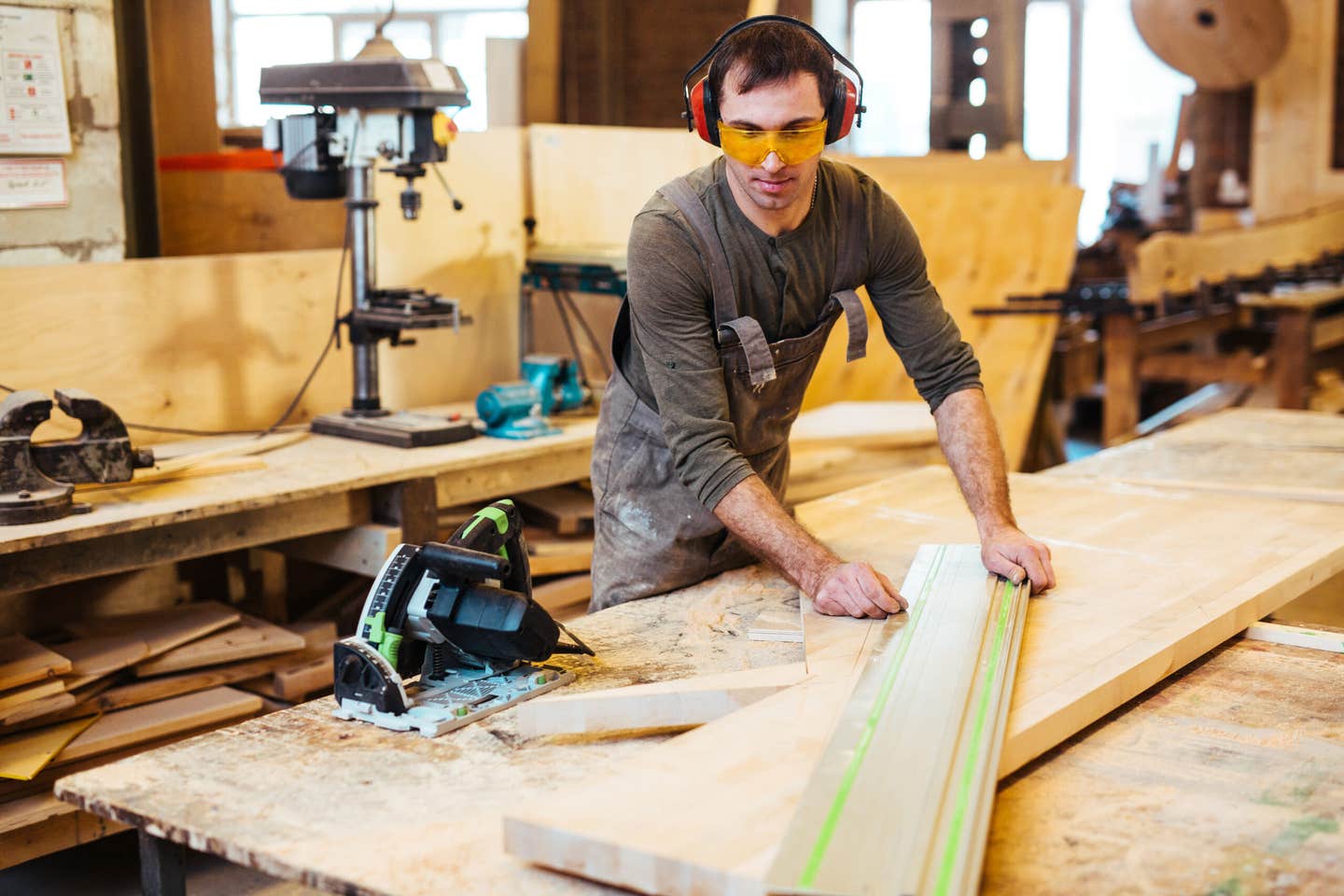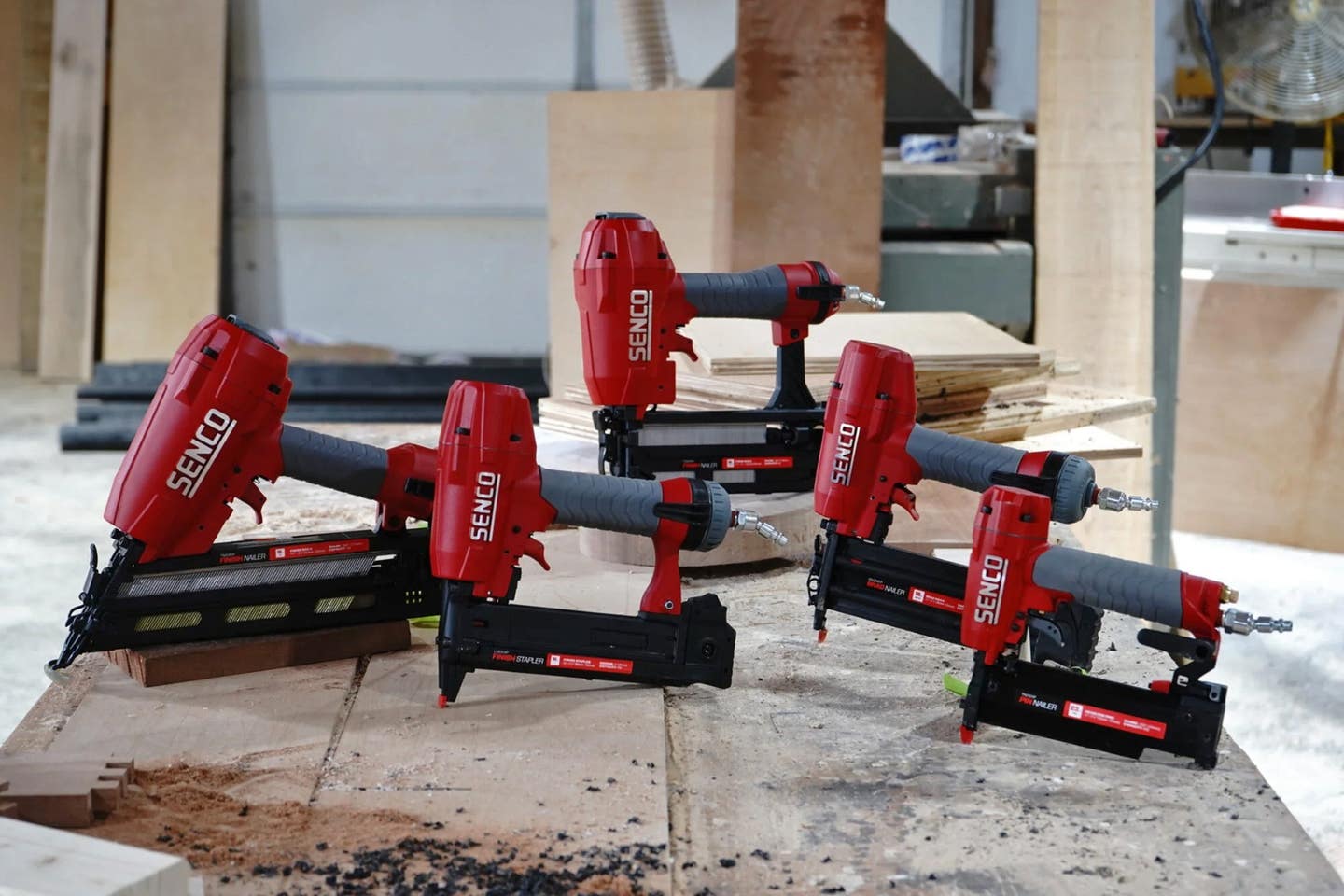Smarter than the average bear
The latest high- and low-tech ‘smart tools’ that you can take to the jobsite.
A smartphone is a device that uses the Internet to deliver a multi-media experience that takes it far beyond merely making and receiving phone calls.
So, what’s a ‘smart tool’?
Basically, it’s a portable tool that can talk to your smartphone. Or it might also communicate with a laptop, desktop, or tablet to relay information such as its location (past and present), its performance, and even maintenance issues. Some smart tools don’t need an app or a phone to work, because they have everything they need on board. And there are some tools that aren’t even electronic but they’re just, well, smart.
If you’ve ever wondered about the source of the term, therapists use the letters in SMART as an acronym for Specific, Measurable, Achievable, Relevant, and Timebound. These are goals for patients seeking sobriety, but they are just as relevant to productivity. Indeed, the origin of the acronym lies in a 1981 article about ways to write business management goals and objectives. Penned by George Doran, Arthur Miller, and James Cunningham, it appeared in that year’s November issue of Management Review.
Today’s smart tools hit on most, if not all of those parameters. A good example is the ELaser, from ETemplate Systems (etemplatesystem.com). This is a digital measuring system that combines the company’s Measure Manager software with Leica lasers. It uses data generated by a cabinetmaker on a jobsite to draw a complete map of a space in 2D and/or 3D, and then sends that to the kitchen designer back at the office. The manufacturer’s Xpress 3D model is widely used for measuring spaces that will receive countertops. It replaces archaic templating methods that used to include large sheets of cardboard or even lauan plywood that had to be hauled to the site, cut, marked, taped, glued, and then hauled back to the shop. The new software automatically draws a digital template as the space is being measured. It’s accurate to 1/16”, and immediately available to the countertop fabricator.
There’s a wide array of Bluetooth-connected portable power tools from manufacturers such as DeWalt, Makita, Bosch, Metabo, and more. Most have to do with performance monitoring to prevent overheating, or anti-theft apps. Some offer jobsite enhancement such as battery monitoring or cordless speakers that amplify tunes from a smartphone. Others such as Festool use smart apps to control dust extraction or cutting speeds. That kind of technology pretty much hits on all the letters in SMART.
And so do tools such as the Shaper Origin and Yeti Smartbench. These alternatives to a standard, stationary CNC are the epitome of smart tools.
The Shaper Origin (shapertools.com) is perhaps best described as a portable router with a brain. It’s used in much the same way as a standard router, but the operator uses some special tape and a CAD program to guide it. The bit/collet can move around inside the router’s housing, so it can make small adjustments as the tool glides across a surface – and it does that without any additional input from the woodworker. Plus, it can be paired with a workstation (which, coincidentally is called The Workstation) that does all kinds of work-holding and fixturing.
The Yeti Smartbench (yetismartbench.com) is a full-size (4x8) CNC that can be toted to the jobsite by one person and sets up in a few minutes. It has a floating bridge and full XYZ capabilities. The latest version, the PrecisionPro X, has adaptive feed rates, a 10” interactive console, and is set up for industrial-grade dust extraction. Its accuracy, easy set-up, software and portability mean that it, too, is “specific, measurable, achievable, relevant, and timebound.”
Different kinds of smart
The smartphone itself can be a valuable tool. Yes, it lets the woodworker take photos instead of making lists and drawings. But the apps it can use expand the toolbox in all kinds of other ways. There are apps that can measure, draw, design, change colors in a photo, show a portfolio, locate inventory and tools, track team members and jobs, do complex calculations such as roof pitch or turning segments, convert units of measurement, identify species, and even turn the phone into a short level or a flashlight.
Wagner Meters (wagnermeters.com) has a free app called WoodH2O that can calculate the equilibrium moisture content in a specific location. EMC is the level at which wood neither takes on nor loses moisture when exposed to air. Knowing that can help a woodworker avoid wood movement that can result in splits, warps, shrinkage or expansion. The app offers info and links about moisture content challenges. Wagner offers a number of apps that can link a phone to sensors in various situations, such as kilns and lumber racks.
Rockler (rockler.com) carries a line of Nova Voyager drill presses that have an onboard computer and digital controls. The computer features DVR (Digital Variable Reluctance) technology, which automatically adjusts and maintains the speed and power of the machine based on resistance. That, coupled with the fact that the Voyager’s motor has no belts or pulleys, results in a machine that is incredibly smooth and quiet. The computer also optimizes efficiency so that the motor only draws as much power as is needed.
Of course, not all smart tools have onboard electronics. Some are just smart in the old-fashioned meaning of the word. They take a basic tool and add a little something that makes it much more usable, accurate, or flexible. Saw guidance is a good example. Systems such as the TrackSawGuide from Milescraft (milescraft.com) can take pretty much any brand of circular saw and turn freehand cuts into ‘smart’ results that can save a lot of time and frustration.
Pretty much all of the portable saw manufacturers have some version of the track saw and overall, these are excellent systems that bring unprecedented accuracy to a basic tool. Milwaukee (milwaukeetool.com) was slow to join the herd, and only introduced its version last year. The M18 Fuel is a 6-1/2” plunge saw that comes alone or in a kit with a track, battery, charger and tote. What elevates this and other leading brands from the basic aftermarket kits that convert any old saw into a tracked unit are smart technologies such as the company’s Redlink Plus, which ensures maximum performance and protection from overload, overheating, and over-discharge. The saw itself has variable speed, and a very smooth plunge action.
Milwaukee has also brought some smart technology to its batteries, most recently adding a six-pack sequential charger (item 48-59-1806) to help avoid downtime on the jobsite.
Speaking of saws, the new Striebig Standard S vertical panel saw from Colonial Saw (csaw.com) is a very smart machine that can be upgraded with the Comfort premium package that adds auto-locking support rollers, digital measuring for the Y-axis with motorized fine adjustment, pneumatic carriage clamping, and a laser cut line guide for horizontal cuts.
Measuring and marking
The T32261 is a smart caliper from Grizzly Industrial (grizzly.com) that can connect to most Bluetooth-enabled devices such as smartphones, tablets, and computers. Simply press the data button to output measurement data to most writeable programs and apps. It can measure up to 6” (150 mm), which is perfect for highly accurate readings on moldings, stiles and rails, turnings, mortises and other onsite details. The extra-large LCD readout can switch between inches, millimeters, and fractional displays with just the push of a button.
Woodcraft Supply (woodcraft.com) and other catalog houses carry the Sjöberg Smart Vise, which lets a woodworker add a premium two-bar screw vise to any surface such as a table or workbench. Reasonably priced, it can add the option of shop stability to a jobsite location.
Another smart-in-the-old-fashioned-way device has been introduced by True Position Tools (truepositiontools.com). Called the Cabinet Plumbing Jig, it lets an installer accurately locate pipes that lie behind kitchen bases and other units. What’s clever here is that it lets the woodworker mark where drains and feeds need to come through the back of the cabinet without having to use a tape measure, eyeball, or even educated guesses. The jig won a Visionary Award at AWFS 2023.
Red House Tools (redhousetools.com) offers a range of miter saw stations called EZ-Wings that convert the portable tool into a very precise machine. It can support very long work, but breaks down to fit in a carrying bag. There are all kinds of clever T-track accessories, and the stations’ precision adjustment lets the operator dial in the wings to be a seamless extension of the existing miter saw platform.
Even small smart improvements can make life easier. For example, Maksiwa’s new Platinum sliding panel saw (maksiwa.com) has added a digital rip fence readout with micro adjustment that can mean the difference between good and perfect.
SATA’s new nozzle finder app (sata.com) makes it easy to select the right nozzle for the SATAjet X 5500 gun. There is a large variety of very precisely calibrated X nozzles that can adapt the coating process to various circumstances.
This article was originally published in the March 2024 issue.


